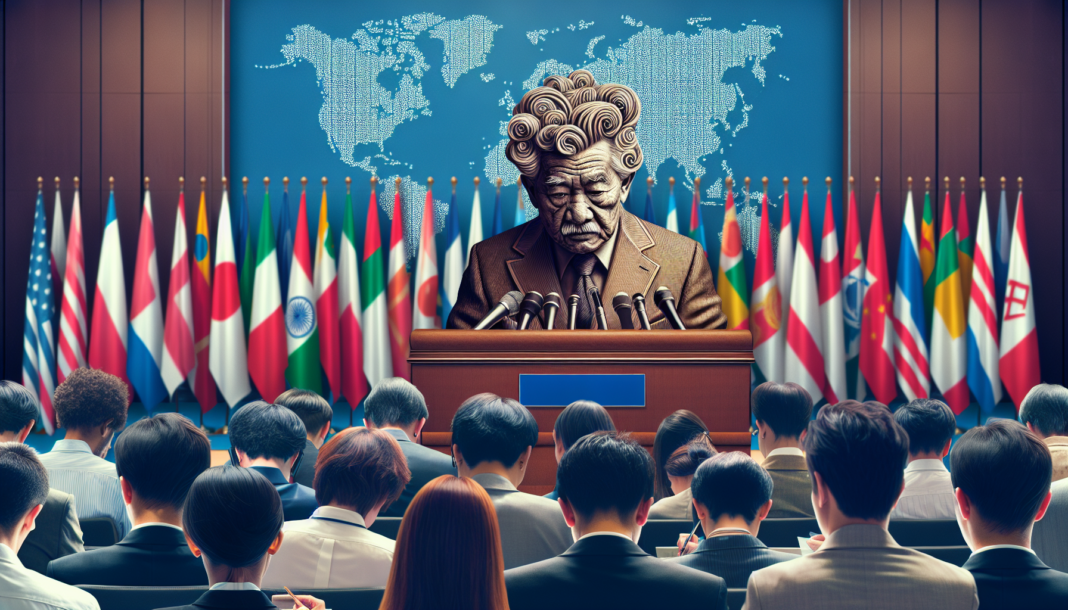Trump Announces ‘Liberation Day’ Tariff Plan to Reduce Foreign Dependence
President Donald Trump declared a national emergency on April 3, 2025, unveiling a sweeping new tariff plan aimed at reducing U.S. reliance on foreign goods and addressing trade deficits. The plan, dubbed “Liberation Day” by the president, will impose a universal 10% tariff on all imports starting April 5, with additional reciprocal tariffs on specific countries taking effect on April 9.
“This is Liberation Day,” President Trump announced, emphasizing the plan’s goal to protect American jobs and industries. The move comes as part of a broader strategy to stimulate domestic manufacturing and address perceived unfair trade practices.
Under the new plan, countries facing higher reciprocal tariffs include China (34%), the European Union (20%), Vietnam (46%), Taiwan (32%), Japan (24%), India (26%), and South Korea (25%). These tariffs are designed to match duties imposed by these countries on U.S. goods.
The plan includes several key exemptions, such as steel and aluminum articles already subject to Section 232 tariffs, as well as autos and auto parts. Additionally, goods from Canada and Mexico that comply with the USMCA will continue to receive preferential treatment with a 0% tariff.
President Trump highlighted the critical need for domestic manufacturing, stating, “We can no longer produce enough antibiotics to treat our sick. We have a tremendous problem. We have to go to foreign countries to treat our sick.”
To implement the tariffs, Trump invoked the International Emergency Economic Powers Act (IEEPA), citing persistent trade deficits as a national emergency. The administration emphasized a “Golden Rule-based approach” to international trade, with Trump asserting, “The United States will no longer put itself last on matters of international trade in exchange for empty promises.”
Economists warn that these tariffs could lead to higher prices for U.S. consumers and potentially exacerbate inflation. There are also concerns about the possibility of a global trade war, as several countries are expected to retaliate with their own tariffs.
Political reactions to the plan have been mixed. Democrats have criticized the tariffs as potentially harmful to the U.S. economy, while some Republicans support them as a means to reduce trade deficits and protect American industries.
As the implementation date approaches, businesses and consumers alike are preparing for the potential impacts of this significant shift in U.S. trade policy. The long-term effects on global trade relationships and domestic economic indicators remain to be seen.



